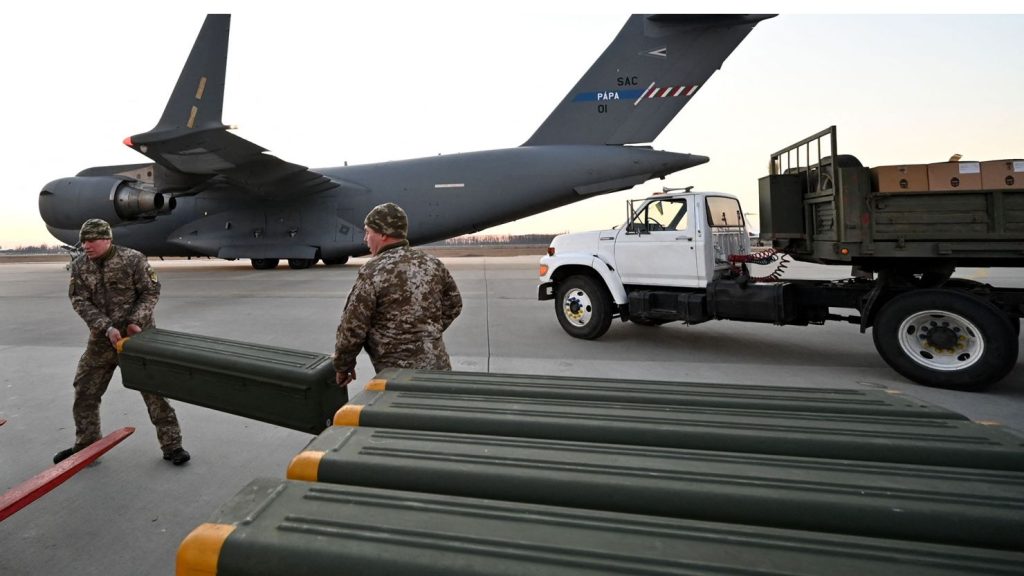World
U.S.A welcomes thousands of foreign workers in 2025
DDM News

The United States invites thousands of foreign workers every year through temporary work visa programs.
According to Diaspora digital media (DDM) these programs help American businesses fill labor shortages in various industries.
Workers from different backgrounds can apply for specific visa categories based on their skills.
The U.S. Department of State and USCIS oversee these work visa programs.
Some visa categories allow workers to bring their families along.
Certain visas also provide a pathway to permanent residency for eligible individuals.
Temporary work visas serve industries ranging from agriculture to technology.
The demand for these visas is expected to remain high in 2025.
Understanding different visa categories can help workers apply successfully.
Here is a detailed look at U.S. temporary work visas in 2025.
H-1B visa: Skilled professionals in specialized fields
The H-1B visa is for workers in specialized occupations requiring a bachelor’s degree.
This visa is highly competitive and operates on a lottery-based system.
Every year, 85,000 H-1B visas are issued to qualified applicants.
Of these, 20,000 visas are reserved for individuals with U.S. master’s degrees.
Popular fields for H-1B visa holders include software development, engineering, and finance.
Medical professionals and university professors also qualify for this visa category.
The application period for H-1B visas usually starts in March.
Many technology companies in Silicon Valley hire workers through this visa.
Employers must sponsor applicants and prove the need for foreign talent.
H-1B visa holders can apply for permanent residency while working in the U.S.
H-2A visa: Temporary agricultural workers
The H-2A visa supports the U.S. agricultural industry by bringing in seasonal workers.
There is no annual limit on the number of H-2A visas issued.
Farmers rely on this visa to hire foreign workers for planting and harvesting.
Common H-2A jobs include crop picking, greenhouse work, and livestock handling.
This visa is particularly important for farms in states like California and Florida.
H-2A workers must be sponsored by an employer who demonstrates labor shortages.
The visa is temporary and tied to specific agricultural seasons.
Workers must return home once their employment period ends.
Some workers reapply for H-2A visas each year during peak farming seasons.
Employers must provide housing and transportation for H-2A visa holders.
H-2B visa: Seasonal non-agricultural workers
The H-2B visa is designed for temporary non-agricultural jobs in the U.S.
Each year, 66,000 H-2B visas are available for seasonal workers.
This visa is widely used in industries like hospitality, tourism, and construction.
Common H-2B jobs include hotel staff, amusement park attendants, and restaurant servers.
Theme parks, resorts, and ski lodges frequently hire workers under this visa.
Employers must prove they cannot find enough U.S. workers for these positions.
The demand for H-2B visas is highest during peak tourist seasons.
Construction companies also use this visa to fill labor shortages.
Many H-2B workers return home after their employment ends.
This visa does not provide a direct pathway to permanent residency.
L-1 visa: Intra-company transfers
The L-1 visa allows multinational companies to transfer employees to U.S. offices.
There is no annual cap on L-1 visas.
Eligible applicants must have worked for their company for at least one year.
Common L-1 visa holders include senior managers, executives, and specialists.
This visa helps businesses expand their global operations seamlessly.
Workers under this visa bring valuable expertise to their U.S. branches.
Many technology and consulting firms use this visa for global talent mobility.
L-1 visa holders can apply for a green card after working in the U.S.
Companies must prove that transferred employees are essential to their operations.
This visa category facilitates international business expansion and innovation.
O-1 visa: Individuals with extraordinary ability
The O-1 visa is for individuals with outstanding achievements in their fields.
There is no annual limit on the number of O-1 visas issued.
Applicants must demonstrate extraordinary abilities in science, arts, education, or business.
Notable recipients include Nobel Prize-winning scientists and Oscar-nominated filmmakers.
Elite athletes and top business executives also qualify for this visa.
Applicants must provide substantial proof of their achievements.
Letters of recommendation and industry recognition strengthen O-1 applications.
This visa is highly selective and prestigious.
O-1 visa holders can stay in the U.S. for specific projects or contracts.
Many use this visa as a stepping stone to permanent residency.L
P visa: Artists, entertainers, and athletes
The P visa is for performers and athletes with U.S. engagements.
There is no limit on the number of P visas granted annually.
Musicians, actors, and sports teams frequently apply for this visa.
P visa holders must have a contract with a U.S.-based employer.
Rock bands, film crews, and circus performers often use this visa.
Sports leagues bring in international players under the P visa program.
This visa allows artists to tour and perform in the U.S. legally.
Application processing depends on the nature and duration of the engagement.
Visa holders may be eligible for extensions based on ongoing contracts.
Successful applicants contribute to America’s vibrant entertainment and sports industries.
R-1 visa: Religious workers
The R-1 visa is for religious workers sponsored by nonprofit organizations.
There is no annual cap on R-1 visas.
Applicants must be members of a religious group for at least two years.
Common roles include ministers, religious counselors, monks, and nuns.
Churches and religious organizations use this visa to recruit foreign clergy.
Applicants must work in an official religious capacity, not administrative roles.
R-1 visa holders must maintain their religious duties throughout their stay.
This visa allows religious institutions to address clergy shortages.
Holders can apply for permanent residency after fulfilling visa requirements.
Religious communities benefit from international spiritual leadership under this program.
TN visa: Professionals from Canada and Mexico
The TN visa is exclusive to Canadian and Mexican professionals under USMCA.
There is no annual cap on TN visas.
Eligible professions include engineers, lawyers, pharmacists, and scientists.
Applicants must prove qualifications and secure a U.S. job offer.
TN visas have simpler processing compared to other work visas.
This visa is ideal for cross-border professionals seeking U.S. employment.
The application process is faster and more straightforward than H-1B visas.
TN visa holders can renew their status indefinitely.
Many professionals in healthcare and education benefit from this visa.
U.S. employers prefer this visa for its efficiency and availability.
Finding job opportunities for U.S. work visas
Foreign workers can use online platforms to search for U.S. job opportunities.
MyVisaJobs.com provides employer databases by visa type.
SeasonalJobs.dol.gov lists seasonal job openings for H-2A and H-2B workers.
USAJobs.gov occasionally features positions requiring visa sponsorship.
LinkedIn and Glassdoor allow filtering job listings by visa sponsorship.
Applying for jobs early increases the chances of securing a visa sponsor.
Networking with employers enhances job prospects for foreign applicants.
Visa applicants must ensure they meet all eligibility requirements.
Employers play a crucial role in sponsoring foreign workers.
Understanding the visa process helps workers navigate application challenges.
Conclusion
The U.S. temporary work visa programs attract skilled and seasonal workers worldwide.
These programs help fill labor shortages in key industries.
Workers benefit from career growth and international experience.
Some visas offer pathways to permanent residency.
Applying for the right visa improves job prospects.
The U.S. remains a top destination for global talent.
For Diaspora Digital Media Updates click on Whatsapp, or Telegram. For eyewitness accounts/ reports/ articles, write to: citizenreports@diasporadigitalmedia.com. Follow us on X (Fomerly Twitter) or Facebook











